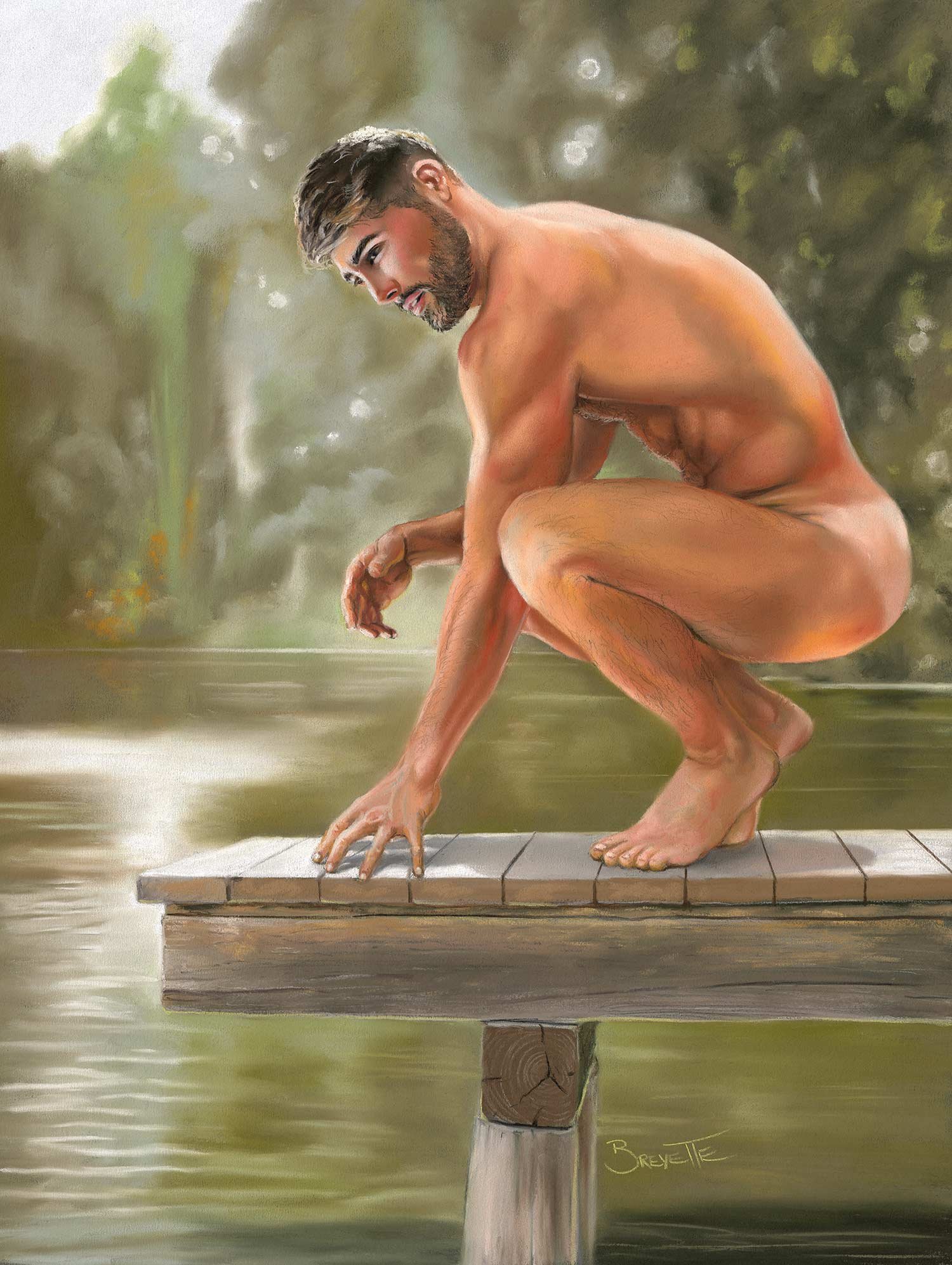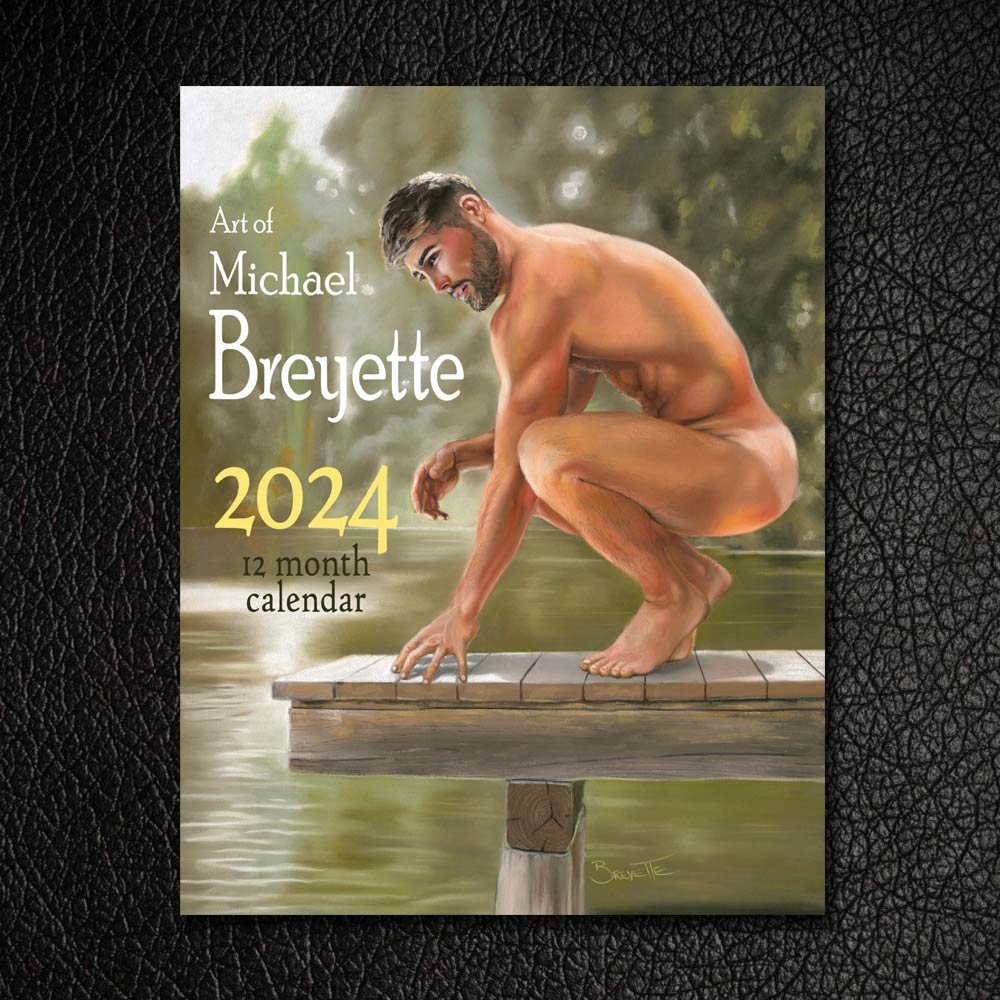On the Drawing Board: Focus Pocus
/Whenever I feel intimidated by a painting I'm working on, I have to let the left side take over for a moment and get logical about it.
I need to stop feeling overwhelmed by all that needs to be done, and just break it down into sections. I treat the sections as little paintings of their own.
Doing this allows me to focus better, to get into the zone, to concentrate on one small area, really fleshing it out with detail. I just have to be careful that each section then matches the same tone, color, and level of detailing for an overall cohesiveness.
































